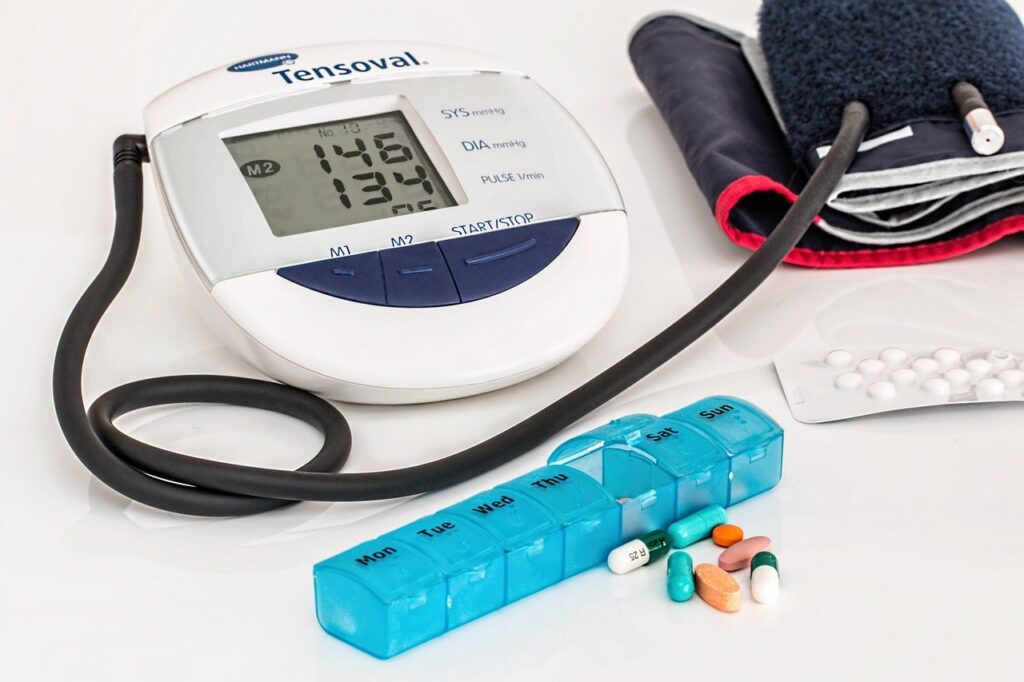With the passing of H.R. 3200, “America’s Affordable Health Choices Act,” millions of people across the U.S. will be affected by the sweeping changes, from the middle-class to the low-income community.
Previously, those either homeless or without financial security who were not covered under Medicaid would either have to choose between medical care and other necessities, forego it entirely or face bills they are unable to pay.
A 2009 study of hunger in America by the non-profit Feeding America found that 24.2 percent of food provider clients were without health insurance, while 46.5 percent reported having unpaid medical bills.
In the bill’s provision for an open market, everyone would be required to get insurance. Certain groups would be excepted, including religious groups, Native Americans and people in prison. Insurance can be either employer-provided or purchased at newly-dubbed “exchanges”—insurance marketplaces that have not yet been fully organized.
In 2008, 46.3 million Americans (15.4 percent) were without health insurance at least part of the year, an increase from 45.7 million in 2007. As of 2008, according to the U.S. Census Bureau, 255.1 million Americans had insurance of some sort, either government-provided or private.
Government aid in the new purchases is still available to those at a certain level of income. The cutoff for aid is four times the federal poverty level of the individual or group.
In 2009, the poverty line for a family of four was $22,050. For an individual, it was $10,830.
Providing aid to those above the federal poverty level assumes that even those not technically in poverty would be subject to financial stress in the case of a medical emergency.
According to Jenny Reed of the D.C. Fiscal Policy Institute, 16.9 percent of D.C. residents in 2008 were below the poverty line, increasing in 2009 to 18.9 percent. She estimated, however, that those “at-risk” of poverty and financial insecurity was 106,000.
As the income of the recipient decreases, the amount of additional government subsidies increases. Those who make the least receive the greatest amount of aid in order to buy in the competitive required insurance market.
If someone makes under 133 percent of the federal poverty level, he or she can enroll in the expanded Medicaid program. As of 2005, more than 56 million people received Medicaid benefits. Recent numbers are not yet available, but with a higher unemployment rate the projection of current recipients is expected to be higher.
The formula for aid is complex, but in the highest bracket of aid those who make three to four times the poverty level will effectively pay after subsidies about 10 percent of their income. As the income goes lower, so does the percentage owed, making the individual who has an approximate income of $14,000 a year only have to pay three to four percent.
No specific language in the bill refers to homeless people, but the steadily decreasing rates of taxation dependent on income levels recognizes that the health-care overhaul spans from the depths of middleclass, well above the poverty level, to those who are barely surviving.




